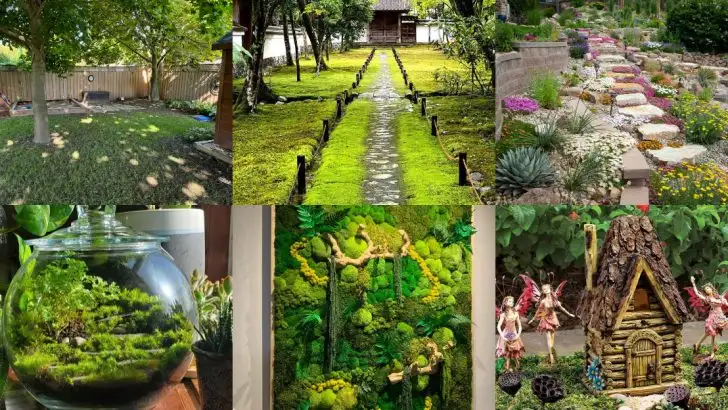Grass is overrated. Moss is the main character now. Soft, velvety, and straight-up magical, moss lawns feel like something out of a fairytale—and they’re a dream come true for anyone tired of mowing, watering, or pleading with patchy grass to behave. It’s nature’s plush carpet. A quiet rebellion against turf tradition. And yes, it’s surprisingly easy to bring that moody green charm into your own yard. From shady corners to full-on mossy makeovers, these 16 ideas will help you turn your outdoor space into a lush, low-maintenance wonderland. No mower required.
Shady Retreat Corners
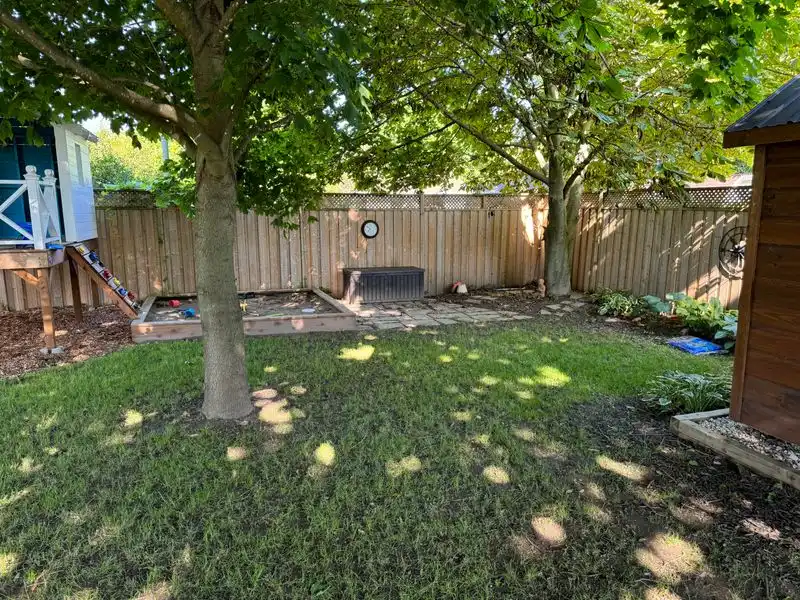
Turn those often neglected shady corners of your garden into a peaceful retreat by introducing moss. Unlike grass, which struggles without sunlight, moss thrives in shaded areas. Its rich, green carpet creates a serene backdrop for ferns and hostas, adding depth and texture. Consider placing a small stone bench or birdbath to enhance this tranquil setting. As moss requires little attention, it’s perfect for those who want a low-maintenance garden feature. These shady spots can become your go-to place for quiet reflection, offering a cool escape during warmer months.
Moss Pathways
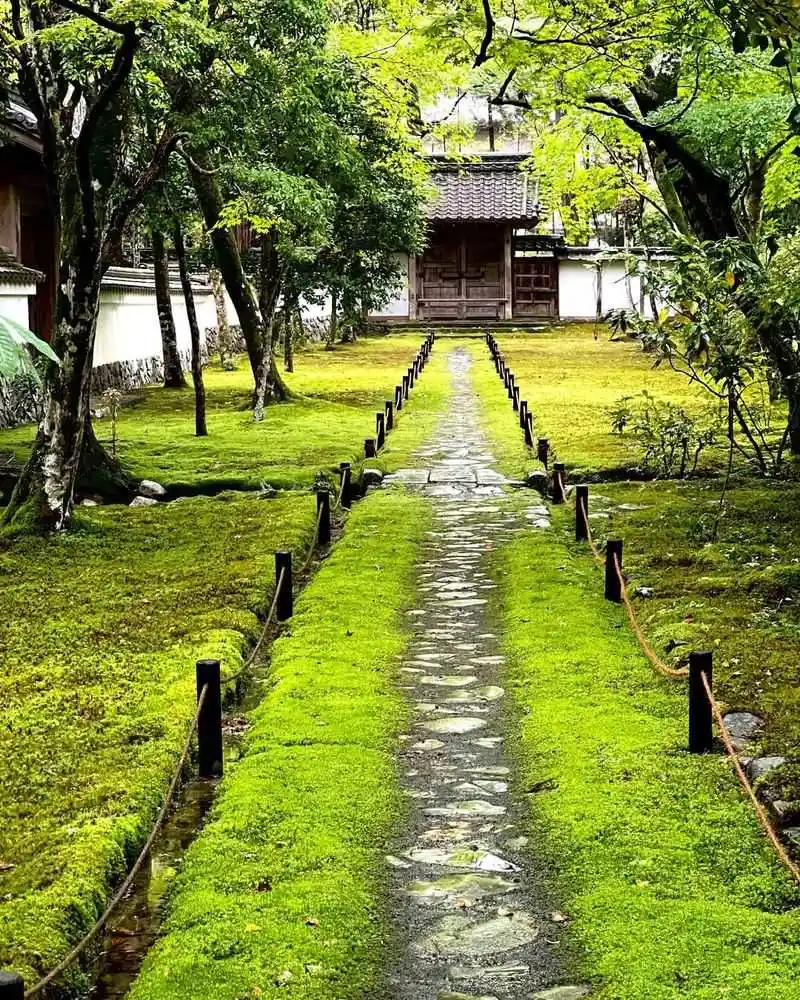
Create enchanting pathways by flanking stepping stones with lush moss. This approach not only softens the look of stone or brick but also adds an organic feel underfoot. As you walk along, the gentle cushion of moss provides a sensory delight, and the contrast between hard stone and soft green is visually striking. By incorporating moss into your pathways, you invite visitors to explore your garden, guiding them through your outdoor haven. It’s a simple yet effective way to infuse character into your landscape design.
Rock Garden Accents
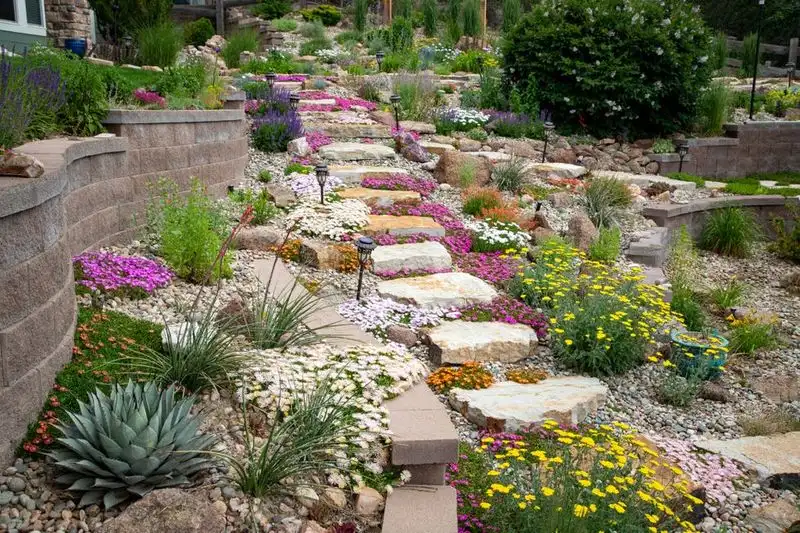
Incorporate moss into your rock gardens to enhance their natural beauty. Moss brings a touch of softness to the rugged texture of rocks, creating a harmonious balance. Its ability to grow in the nooks and crannies of stones makes it ideal for adding dimension and contrast. Placing moss strategically can help highlight particular features or create focal points within the garden. This pairing encourages a more natural, unpolished aesthetic that feels as if it’s been there for ages, blending seamlessly with the environment.
Moss Lawn Alternatives
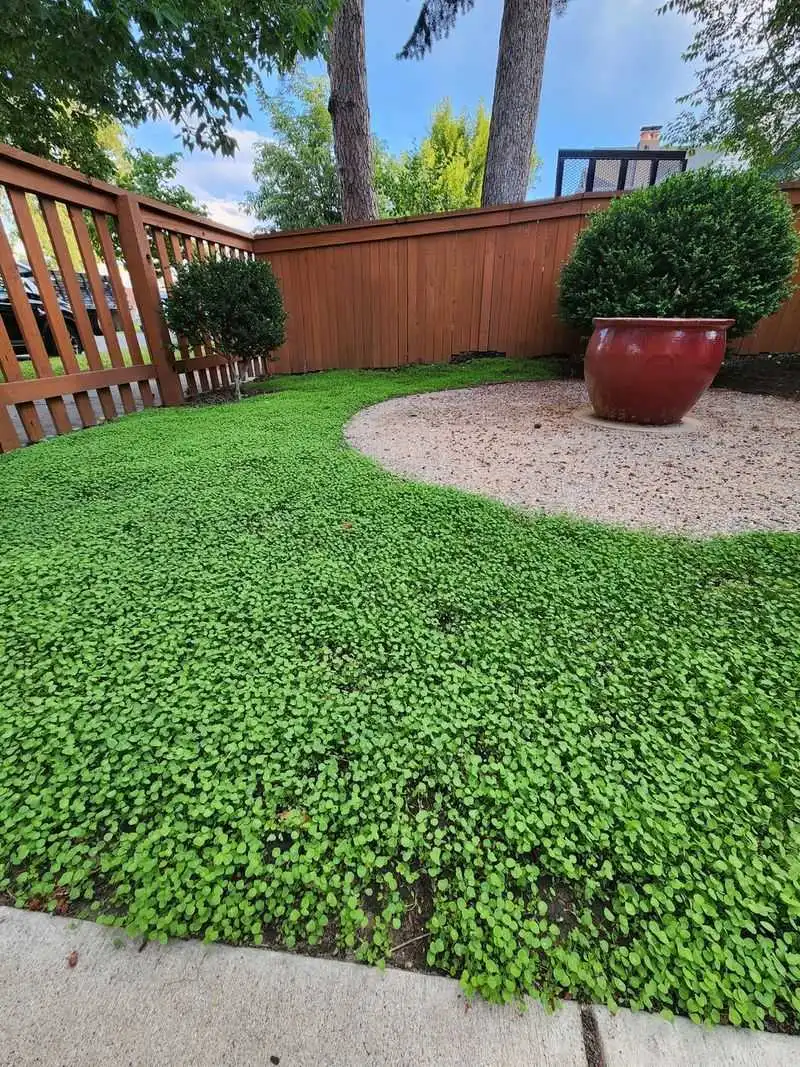
Swap out traditional grass for a moss lawn to create a unique and maintenance-free yard. Moss lawns require no mowing or fertilizing and retain their green color year-round. They are an excellent solution for areas where grass struggles to grow, particularly in shaded or damp locations. With their natural sponginess, moss lawns offer a soft surface for walking or lounging. This alternative not only reduces the environmental footprint but also provides a tranquil setting that enhances the beauty of your property.
Moss Wall Art
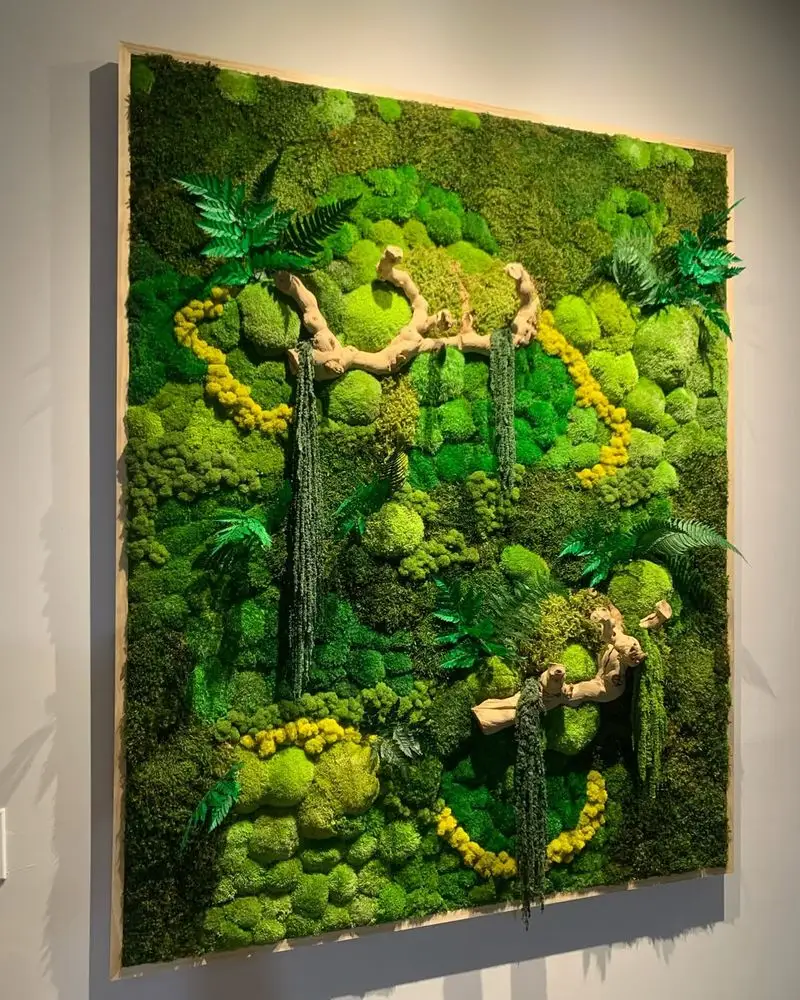
Add an artistic touch to your garden with a moss wall, turning any blank vertical space into a vibrant living canvas. This creative use of moss allows for personalized patterns and designs that can evolve over time. As a natural insulator, moss walls offer environmental benefits, helping to regulate temperature and improve air quality. They bring texture and color to vertical surfaces, making them a perfect backdrop for outdoor gatherings or as a standalone piece of art. The adaptable nature of moss ensures your wall art remains dynamic and captivating.
Woodland Fairy Garden
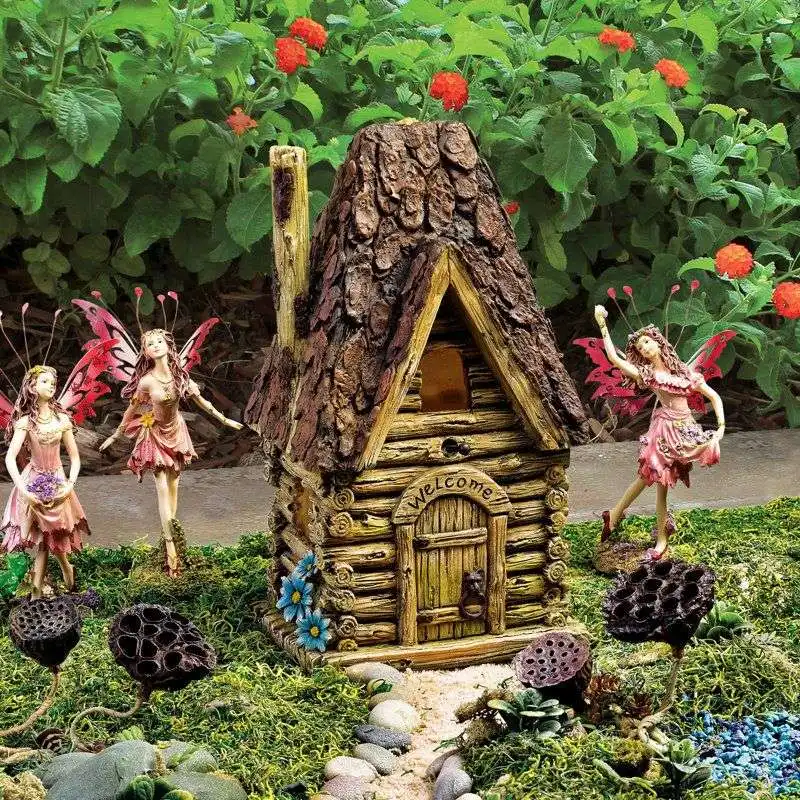
Create a magical woodland fairy garden using moss as the foundation. Its velvety texture serves as the perfect surface for miniature houses and tiny furniture. Small flowers and pebbles can be added to complete this enchanting scene. Ideal for sparking the imagination of children and adults alike, a fairy garden becomes a delightful focal point in any yard. Moss’s low maintenance nature ensures your fairy kingdom remains lush and inviting without constant upkeep. This whimsical addition adds a playful touch to the garden, captivating visitors with its charm.
Moss Terrariums
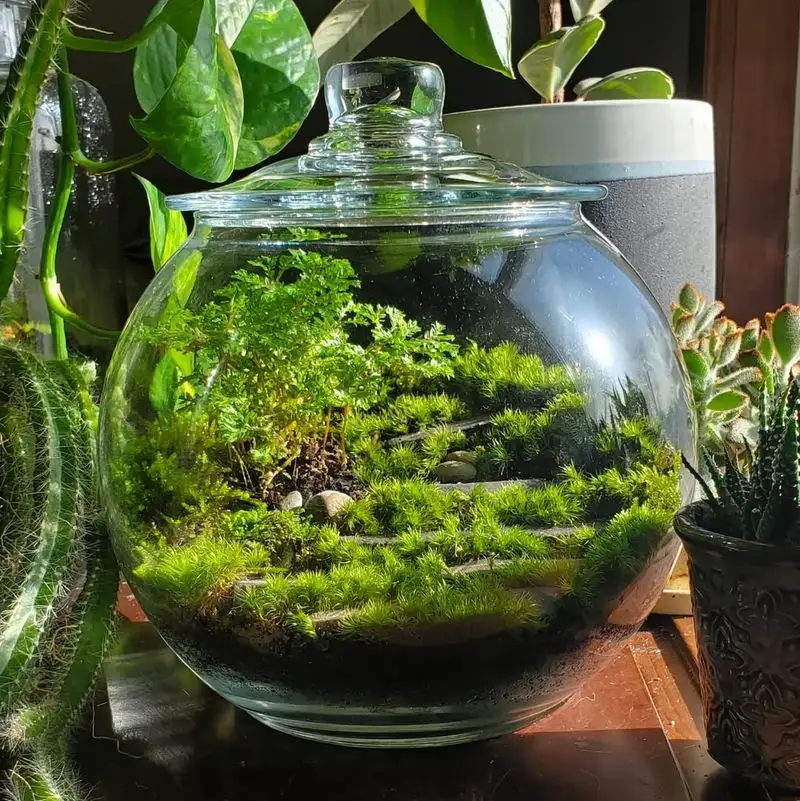
Bring a piece of the outdoors inside with moss terrariums. These self-contained ecosystems offer a glimpse into the intricate beauty of moss, thriving within a glass vessel. By adding small stones and figurines, you can craft a dynamic miniature landscape that serves as a conversation starter. Terrariums require minimal care, needing only indirect light and occasional misting. They make perfect decorative pieces for indoor spaces, offering a touch of greenery to desks or shelves. Experience the calming effect of moss even within your home’s walls.
Moss Carpeted Patio
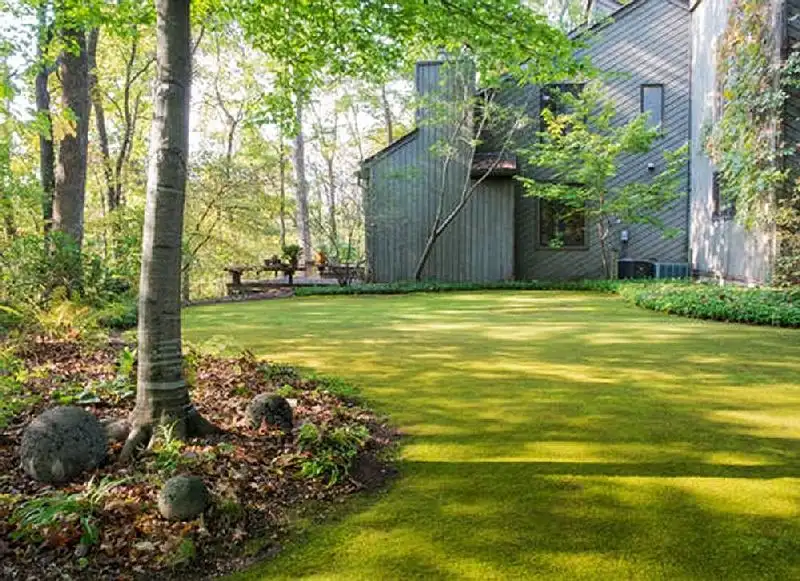
Transform your patio into a lush outdoor lounge by incorporating a moss carpet. This innovative flooring option brings the garden closer to your outdoor living space, offering a unique tactile experience. The moss softens the hardscape and provides a comfortable surface for barefoot relaxation. Its natural look complements wooden furniture and stone features, creating a seamless transition between the patio and garden. The result is a cozy and inviting space perfect for entertaining or enjoying a quiet moment in nature’s embrace.
Moss Edging for Borders

Enhance your garden borders with moss edging for a clean and natural finish. This method provides a soft boundary between flower beds and pathways or lawns, adding an organic touch to your garden’s structure. The rich green of the moss contrasts beautifully with the vibrant colors of blooming plants, creating a visually appealing display. Moss edging requires little maintenance and can thrive in various conditions, making it a practical choice for defining spaces within your landscaping. It’s a subtle yet effective way to elevate your garden’s overall aesthetic.
Moss-Covered Statues

Give your garden statues an ancient and mystical look by encouraging moss growth on their surfaces. The weathered appearance of moss-covered statues adds a sense of history and intrigue to your garden. Moss thrives on stone surfaces, especially in shaded and humid conditions, making it an ideal companion for outdoor sculptures. This natural embellishment softens the hard lines of the statues, blending them gracefully into the landscape. It’s an artistic way to bring a touch of the wild into a cultivated space, creating a timeless garden feature.
Moss-Covered Water Features

Elevate your water features by embracing the beauty of moss. Its delicate covering adds a natural feel to fountains and ponds, enhancing their aesthetic appeal. The moss grows happily in the damp environment, providing a soft green layer that complements the flowing water. This combination brings a touch of tranquility and harmony to your garden, inviting wildlife to visit. Moss-covered water features become focal points, drawing the eye and soothing the soul, as the sounds of water mingle with the serene greenery around.
Moss-Covered Log Displays

Repurpose old logs by turning them into beautiful moss-covered displays. As the moss envelops the log, it creates a verdant, living sculpture that enhances the natural feel of your garden. This vivid green coating provides a striking contrast against the rough texture of the wood. Add small ferns or mushrooms to the scene for extra complexity. Such displays bring a woodland charm to your yard, offering an excellent opportunity to showcase the beauty of decay and renewal in nature, all while supporting local wildlife.
Moss-Covered Furniture
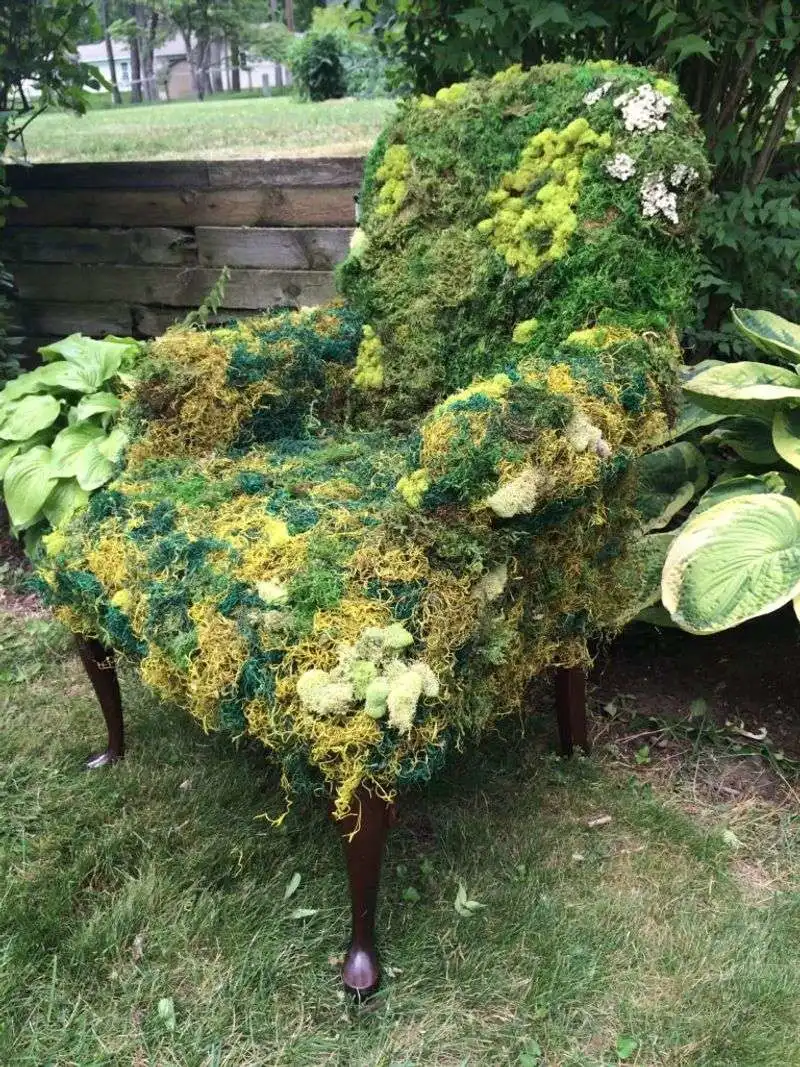
Add character to your garden furniture by allowing moss to grow on the surfaces. The resulting effect is a whimsical, storybook look that blends seamlessly with the surrounding landscape. Moss-covered furniture offers a unique, natural aesthetic that’s both charming and inviting. It’s a perfect way to integrate seating into your garden, making it feel like a part of the natural world. This approach encourages a deeper connection with nature, creating spaces that are perfect for contemplation or simply enjoying the garden’s beauty.
Moss in Container Gardens
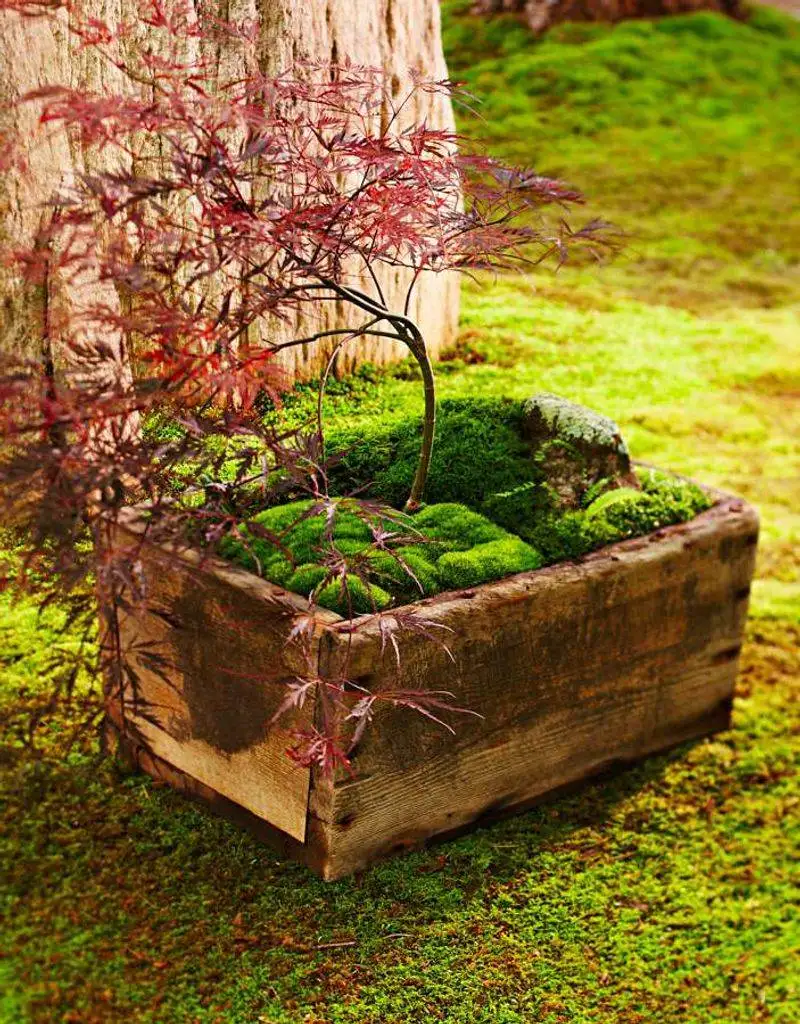
Incorporate moss into container gardens for a versatile and visually appealing display. The soft texture of moss pairs beautifully with ceramic pots and other plant varieties, offering a range of colors and forms. These mini gardens can be placed on patios, balconies, or steps, providing a touch of green wherever needed. Moss-filled containers are easy to maintain and can thrive in both sunlit and shaded areas. They offer endless possibilities for creative expression, allowing you to experiment with design and plant combinations to suit any style.
Moss-Covered Trees

Encourage moss growth on trees to create a woodland atmosphere in your garden. The soft green patches add texture and depth to tree trunks, enhancing their visual interest. Moss thrives on bark surfaces, especially in humid environments, making it a perfect partner for older trees with textured bark. This natural adornment transforms ordinary trees into captivating garden features that contribute to the overall sense of tranquility and age-old beauty found in forest settings. The addition of moss fosters biodiversity, supporting an array of garden inhabitants.
Moss Accents on Hardscapes
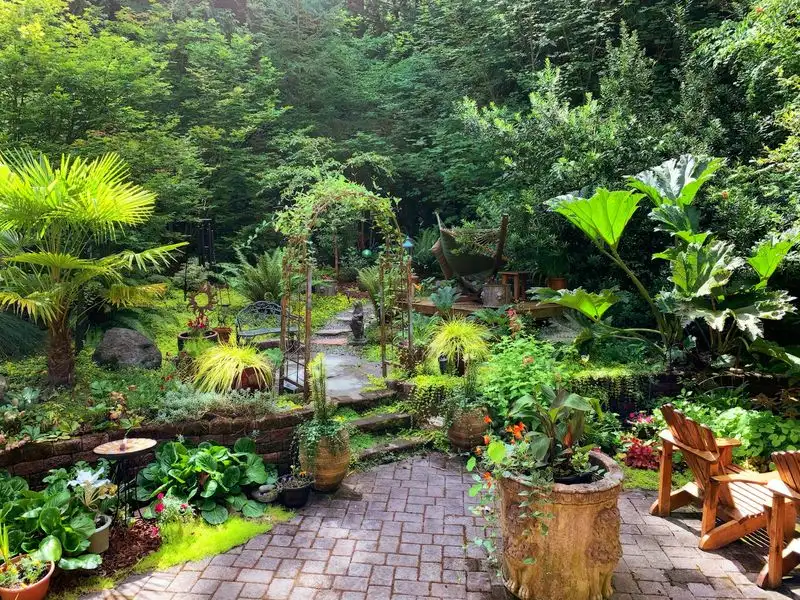
Enhance your garden’s hardscapes with moss accents, bringing a touch of greenery to stone walls, patios, and walkways. Moss softens the look of hard materials, adding a layer of natural beauty and charm. The contrast between the rugged stone and delicate moss creates a visually intriguing landscape element. Encouraging moss growth in the crevices of hardscapes can also help with moisture retention, promoting a healthier garden environment. This subtle addition offers an effortless way to integrate nature into man-made structures.

